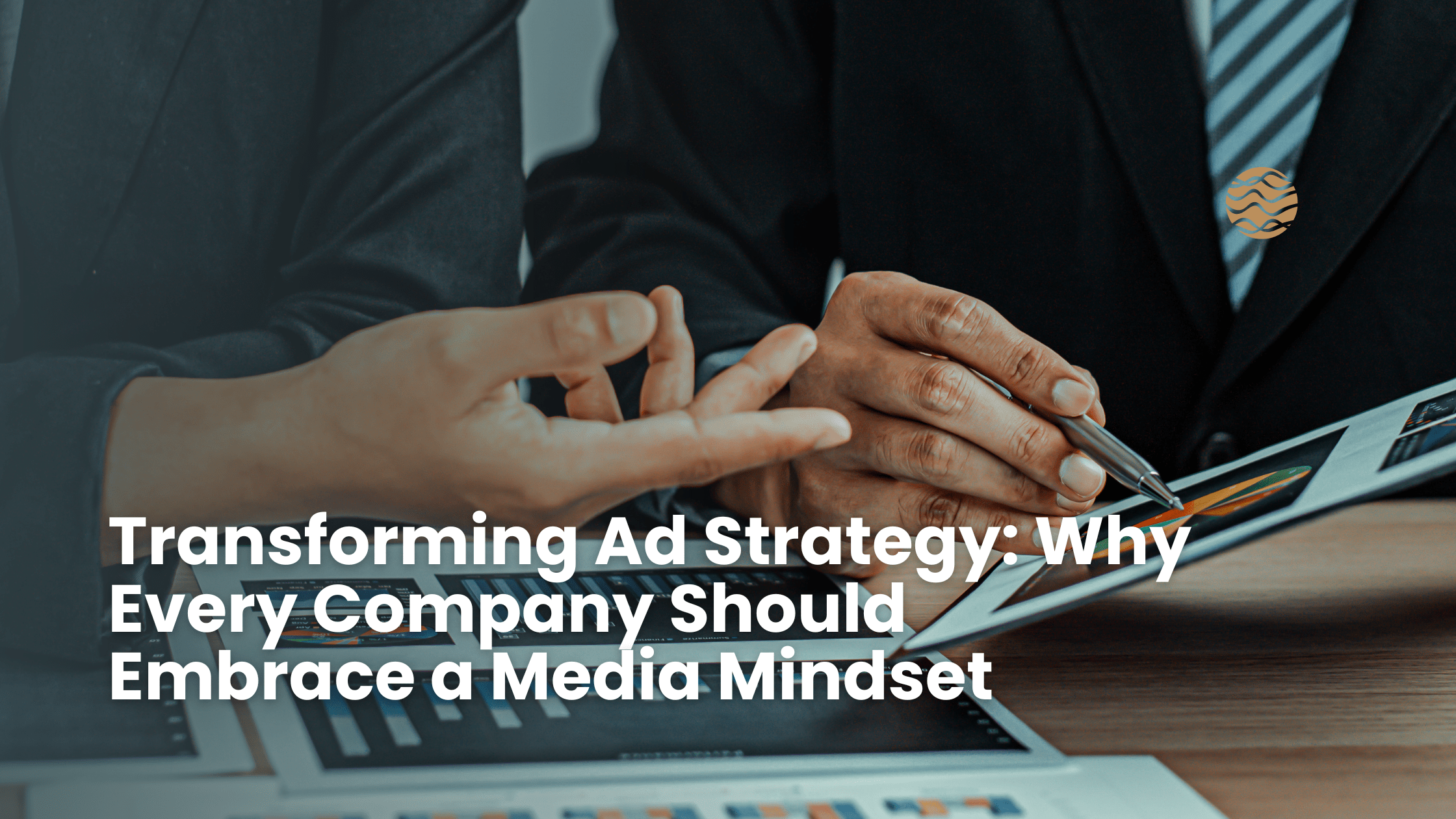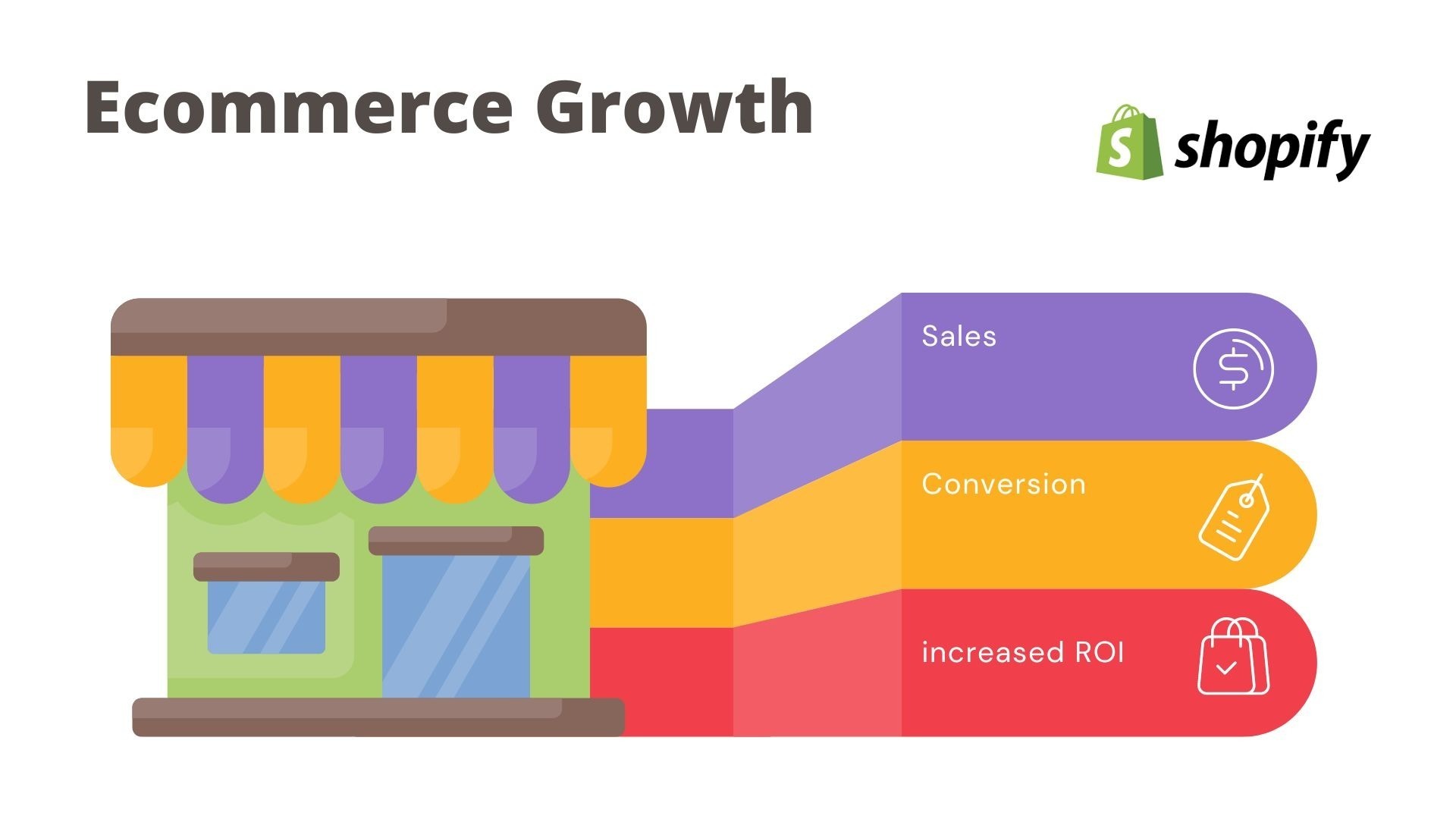In today’s competitive digital landscape, crafting an effective ad strategy is crucial for any business aiming to capture consumer attention and drive engagement. Traditional advertising methods have long relied on repetitive ad placements and broad targeting to reach potential customers. However, as the digital world evolves, so too must our approach to advertising.
Effective ad strategies are increasingly focused on delivering value and relevance to consumers, aligning with their interests and preferences. Yet, despite these efforts, many companies are encountering a significant obstacle: ad fatigue. This phenomenon, where ads lose their impact due to overexposure, is becoming more prevalent as consumers are bombarded with an ever-growing number of advertisements.
In the following sections, we will delve into the problem of ad fatigue, examining how it affects marketing performance and why it’s essential for companies to adopt a media-centric mindset to overcome this challenge.
The Problem of Ad Fatigue
Ad fatigue is a concern that is rising in the marketing industry. It is something that is on the rise, with the average person seeing between 6,000 and 10,000 ads every single day. With 40% of online users now blocking ads according to a 2024 Statista report and another 35% actively avoiding overly promotional content, it’s clear that many people are fed up with ads. This shift represents the necessity for a new way to think about marketing — a move past the traditional methods of advertising and into a more media-centric mindset.
Adopting the Media Company Mindset
Media companies know how to connect with an audience through great content. They tell stories, educate, and entertain — ultimately forming a bond with their audience. Take The New York Times, for example, which now has over 7 million digital subscribers due to good journalism and compelling content. Companies may begin to find a way out of their traditional advertising traps and into the hearts and minds of the individuals they are looking to convert by approaching their client demographics with a similar perspective.
Pull Strategy – Building Audience with Affinity Content
A pull strategy is all about creating content that draws an audience in by aligning with their interests and values. A good example of this is the use of affinity content — content that speaks directly to a specific audience segment. For an indication of the value of this kind of content, a 2023 Edelman study showed us that 63% of consumers want brands to align with their personal values and interests.
Companies can develop and maintain a loyal following by tapping into these affinities with their content. An excellent example of this is how Patagonia has developed a massive following and community of environmentally sensitive consumers due to its corporate mission of environmental sustainability, demonstrating the strength of affinity content.
Social Media Platforms Shifting Towards Affinity Content
Social media platforms have been evolving to foster affinity content as part of a broader trend towards customization and increasing emphasis on deeper engagement:
- Algorithm Changes: Instagram and other social networks have adjusted their algorithms to show users posts from the accounts they interact with the most, increasing the relevance of the content in feeds. TikTok promotes videos that are in line with its trending topics and user behavior, which helps create niche communities and affinity groups.
- Interest-Based Communities: Facebook Groups and Reddit Subreddits allow users to join communities based on specific interests. These spaces provide a way for affinity content to be shared and offer brands a chance to tap into a highly relevant audience.
- Advanced Creation Tools: Social media platforms like Instagram and TikTok have advanced content creation tools that allow users and brands to create high-quality, customized content. These tools make interactions much more interactive and authentic, such as with Instagram Stories or TikTok’s video editing features.
Importance of Authenticity
Authenticity is key to both push and pull strategies. A Stackla study from 2024 found that 79% of customers are largely influenced by UGC, and 56% are more persuaded by actual customer photos and videos than by brand-produced assets. Brands must include real elements in their advertising, such as actual customer testimonials and behind-the-scenes content, to go beyond just promoting their products and build more confidence as well as increase engagement.
Measuring Success with New Metrics
For push and pull strategies to work effectively, companies must embrace new success metrics. While traditional metrics are foundational and should not be neglected (such as click-through rates and impressions), they need to be combined with engagement metrics to get a better understanding. Time on content consumed, social media shares, and comments can be quite telling about how much something is resonating and driving more meaningful, two-way interactions — Source: HubSpot (2024).
Conclusion
Solving ad fatigue requires companies to change their approach to advertising completely. By thinking like a media company and incorporating both push and pull tactics, brands can escape the limitations of standard advertising. Prioritizing value-driven content, leaning on authenticity, and tracking gains through holistic metrics will ensure that businesses forge long-lasting relationships with their audience. In a digital landscape that is constantly changing, businesses that follow this approach will not only be able to tackle the concern of ad fatigue head-on but will rise above and become influential storytellers and authoritative gatekeepers as well.


